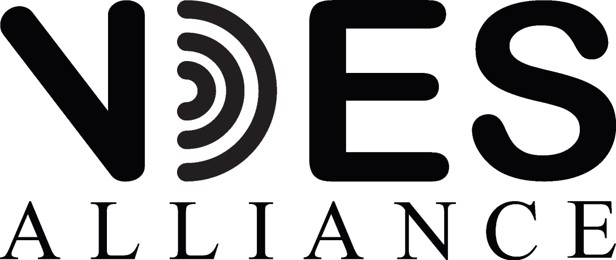IALA Council recently approved two new VDES guidelines, emphasizing the significance of VHF Data Exchange and its increasing adoption.
Find an updated list of VDES relevant ressources on our related page.
Specifically, G1192 VDES Authentication outlines how VDE-TER can be utilized to authenticate existing AIS transmissions for AIS Aids to Navigation (AtoN). This concept was demonstrated in a real-world setup by one of IALA’s members. In the past, presentations have been made to IMO NCSR, Maritime Connectivity Platform Consortium (MCP), and IALA, highlighting the threat posed by unauthenticated AIS transmissions and presenting the solution and performance of VDE-TER. The solution reduces the impact of unauthorized transmissions by enabling seafarers to identify unauthorized transmissions.
G1193 VDES signal measurement provides a guideline that outlines the necessary steps for conducting comparative VDES performance evaluations. IALA encourages everyone interested in presenting VDES performance to adhere to these guidelines to ensure that results are comparable when comparing measurements taken in a standardized manner.
